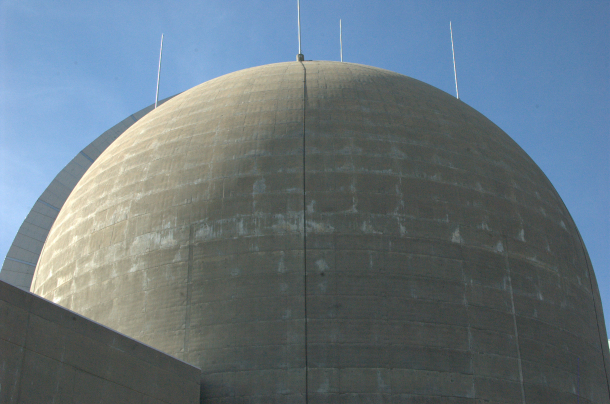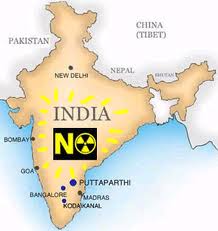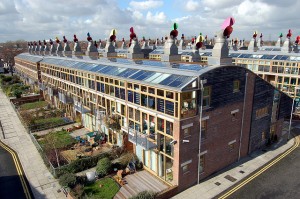by Shannon
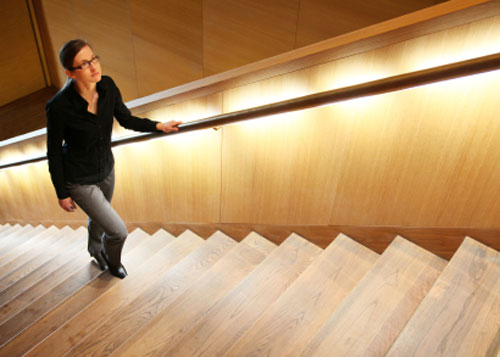
As a group, women seem to be pretty on board for the whole clean energy thing. Last year a national poll by the Women’s Council on Energy and the Environment found that 43 percent of women named moving to clean energy as the single most important goal for the United States. A full 90 percent of women said solar energy should be a “very or somewhat important part” of our national energy policy.
But while women are definitely interested in clean energy, there are some indications that the clean energy industry hasn’t yet fully or effectively engaged them as consumers. Here at One Block Off the Grid, for instance, we’ve often puzzled over the fact that only 18 percent of our members are women. Live solar educational events have about that same rate of participation from women, even as rates of female home ownership are rising.
Recently, we were pretty surprised when the female founder and CEO of a highly reputable California solar installation company told us her sales reps often return from the field complaining that a woman has blocked the sale of a solar system, while her husband, by contrast, was highly motivated to buy.
So what’s going on here? Why do women express such keen interest in solar but sometimes seem to block it at the household level?
According to that installer we mentioned earlier, many women still think of an actual solar system in the same category of “expensive frivolous toy, like the Ducatis their husbands all want.” She agrees this misunderstanding isn’t necessarily their fault. The solar industry itself is dominated by men, so its marketing messages tend to be of a gear-centric, size matters sort that resonate more strongly with a male audience. (Yes, this is a generalization but we’re just exploring here.)
Just how male dominated is the solar industry? Since 1991, Colorado-based Solar Energy International has offered training in renewable energy technology and reports that 85 percent of workshop participants are men. Most solar companies would report a similar ratio of male employees to female. At One Block Off the Grid, 75 percent of employees are men and 25 percent, women.
The fact that the industry itself is dominated by men has some very real-world implications for solar sales. Anecdotally speaking, our observations of sales reps’ interactions with homeowners reveal some of the same patterns that keep women out of car showrooms at higher rates than men; often when a solar sales rep is addressing both a man and a woman — as they often are — the rep will unconsciously devote more attention, eye contact, and bids for engagement to the male homeowner.
Another reason women might be somewhat absent from the solar space is that on a practical level, they’re still a little unclear on what solar has to do with climate change. In that national poll we mentioned above, 93 percent of women incorrectly thought that cars — not electricity-generating power plants — were the primary source of air pollution and CO2 emissions. (Over 60% of electricity from utilities in the U.S. comes from the burning of coal and other fossil fuels like natural gas.) There’s some reason to think that as these facts become more widely known, more female consumers will become interested in purchasing clean energy for their households.
By the way, the poll didn’t survey men, so it’s unclear whether women are any less aware than men that power plants are the leading source of air pollution. The pollsters simply made the point that because women are so pivotal in making major household purchase decisions, they have a lot of power to affect change on a grand scale once they do become aware. Family health will likely play a role in this too. Seventy percent of women said they’re very or somewhat worried about the impact of air pollution on the health of their children, so it stands to reason that as the relationship between coal-fired power plants and things like asthma and bronchitis becomes more widely publicized, women will seek out solutions like solar in greater numbers.
Another key motivator for women is likely to be solar’s strong financial benefits. Research shows that women are the ones paying utility bills in 77 percent of households. If the solar industry, therefore, was able to reach women more effectively with the message that the average solar household saves between $1,200 and $2,000 a year in avoided electricity bills, it may see an uptick in adoption among homeowners at large.
After all, a Ducati will never save a household $1200 a year or pay for a kid’s college education.
So the problem is not that women are blocking clean energy adoption. The problem is that most clean energy companies haven’t yet learned how to talk about its products in ways that resonate with women. Some industry folks have even speculated that women are opposed to solar on an aesthetic level, but we’re not buying that. There are good indications, in fact, that women are every bit as excited about solar as they claim to be. Last summer One Block Off the Grid hosted a solar webinar just for women and over 500 women registered for it. That Colorado-based solar training company recently started offering panel installation classes just for women and reports demand for it is high. So, interest in solar among women is strong; it’s just waiting to be fully and effectively tapped.
In fact, as the financial and environmental benefits of solar become more well known, we’re really excited about women’s potential for advancing clean energy in the U.S. and beyond. As the president of Women’s Council on Energy and the Environment put it, “Women have a tremendous opportunity to help solve this defining issue of our time, and it all starts with learning more about how electricity is produced and which sources are clean.”

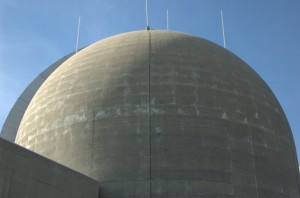
 Follow
Follow
